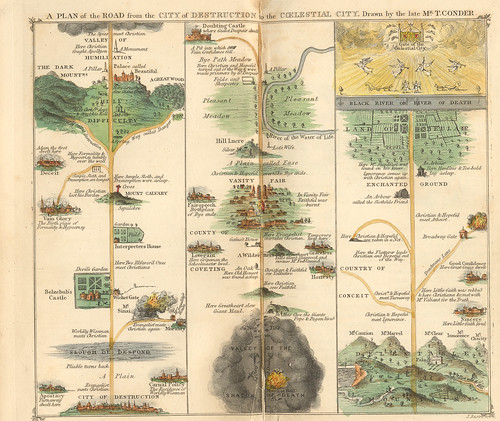Forcing everyone to teach by the rules does not improve the “bad teachers”– it only hobbles the good ones (Papert 1990)
I came across this quote from Seymour Papert in Joe Bower's post at
http://coopcatalyst.wordpress.com/2011/03/13/the-illusion-of-standardization/. He sees standardisation in education as one of the ways in which mass production techniques are being applied to the work of teachers. The justification for this is 'fairness': the argument is that everyone should have an equal experience of their education, otherwise something isn't fair. The fact that the quality of an experience - how it is felt by two different people - is completely immeasurable, and actually is a completely meaningless idea, is forgotten because of our fear of being unfair. Sadly, the price for alleviating this fear is 'dumbing down' to the minimum level set by the standards, exactly as Papert pointed out more than 20 years ago. Supporters of standards argue that because there are so many bad teachers, we have to have standards to ensure that teaching quality is consistent. This is another concept, along with standardisation, that needs looking at carefully by every teacher.
Joe also includes a link to
an article by Maja Wilson, who tells the story of her son choosing a book to read and taking it to school, but being told off because he hadn't chosen the book from the 'levelled book tubs'.
'Standardisation' in education is a paradigm indicator of what Donald Schon, nearly 30 years ago, described as 'technical-rationality':
In the varied topography of professional practice, there is a high, hard ground where practitioners can make effective use of research-based theory and technique, and there is the swampy lowland where situations are confusing ‘messes’ incapable of technical solution. The difficulty is that problems of high ground, however great their technical interest, are often relatively unimportant to clients or the larger society, while in the swamp are the problems of the greatest human concern (Schön 1983 (1991), p42).
Schön uses the term ‘technical rationality’ for what he describes as
the dominant epistemology of practice...which has most powerfully shaped both our thinking about the professions and the institutional relations of research, education and practice – professional activity consists in instrumental problem solving made rigorous by the application of scientific theory and technique (Schön 1983, p21).

He presents a compelling, almost overwhelming argument that the dominance of this version of epistemology in the theories of learning, research and professional practice has obscured the real importance of alternative, more expansive and provisional knowledges, resulting in the diminution of professional expertise and creativity in the design of a wide range of projects, and in addressing major social and educational problems. Unfortunately, his work appeared in the period just before two momentous shifts in Western politics and culture: the advent of computers on every workdesk, and the collapse of the Soviet Bloc. These shifts gave a renewed and powerful impetus first to neo-liberal economic policies and secondly to a new wave of technical-rational social policy fuelled by the new capacity of organisations both public and private, to collect and crunch data. Arguments such as Schön’s for a more nuanced and complex appreciation of the work of professionals of all kinds were swept aside in the rush towards the ‘Audit Society’ – a paradigm of technical rationality, ‘audit’ being seen in strictly well-defined, contractual and numerical terms (Power 1999). This mode of thought is still dominant, probably to a greater degree than when Schön’s work was published nearly 30 years ago, and professional practice is even more clearly subject, though not unresisting, to its sway, not just in the structure, organisation and curricula of universities, as Schön demonstrated in 1983, but nowadays also in social, educational and economic policy, at least in the UK and the USA, where it has become an explicit element of the philosophies of every major political party.
As a result of this continuing dominance, the situation of professionals in every field has become much more problematic than when Schön was writing. They are far less trusted, they are less autonomous in practice, early ideals have been watered down, they are subject to various versions of ‘performativity’, the ethical issues they face are far more complex. But the most important consequence of this situation is that the work of dedicated, thoughtful and hard-working teachers is undermined, with obvious consequences for learners of all kinds.
Power, M. (1999). The Audit Society: Rituals of Verification. Oxford: Oxford University Press
Schön, D. (1983, 1991 edition). The reflective Practitioner: how professionals think in action. Aldershot: Ashgate Publishing Ltd












1nHBOHdoPtLT!~~0_12.jpg)


























